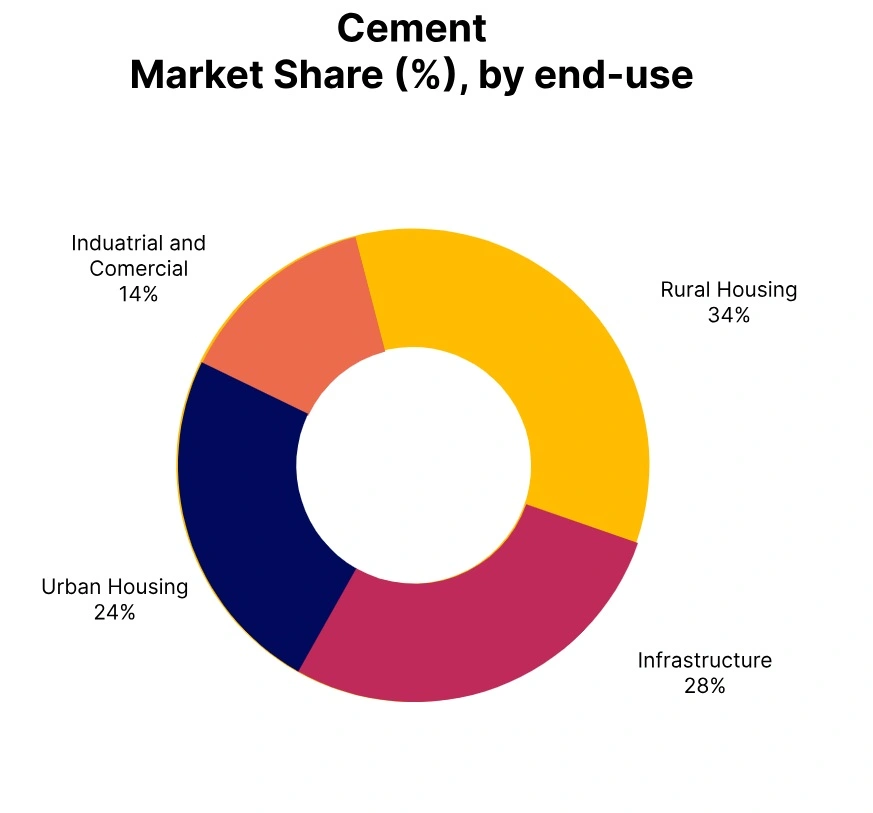Price-Watch’s most active coverage of Cement price assessment:
- Non-trade Prices (OPC 43) Ex-North India, India
- Non-trade Prices (OPC 53) Ex-North India, India
- Non-trade Prices (PPC) Ex-North India, India
- Non-trade Prices (OPC 43) Ex-West India, India
- Non-trade Prices (OPC 53) Ex-West India, India
- Non-trade Prices (PPC) Ex-West India, India
- Non-trade Prices (OPC 43): Ex-East India, India
- Non-trade Prices (OPC 53): Ex-East India, India
- Non-trade Prices (PPC): Ex-East India, India
- Non-trade Prices (OPC 43): Ex-South India, India
- Non-trade Prices (OPC 53): Ex-South India, India
- Non-trade Prices (PPC): Ex-South India, India
Cement Price Trend Q3 2025
The Indian Cement market through Q3 2025 showed a mixed performance with a decline at the beginning followed by slight recovery at the end of the quarter. Cement prices weakened in July and August due to weaker demand, elevated inventories, and increased competition among manufacturers.
However, a minor uptick in construction activity during September 2025 provided slight upward support, suggesting early stabilization. Strong clinker supply, steady freight, and no interruptions with raw material supply kept a balanced operational status as manufacturers moved into the new quarter.
With a small 1% gain by the end of Q3, the market sentiment shifted in a cautiously optimistic direction, and after expected gradual firm pricing, steady buy volumes would be recommended as infrastructure activity is expected to remain at a moderate pace into the next quarter.
India
Cement Domestically traded prices Ex-North India, Grade: OPC 43 Grade.
According to Price-Watch, in Q3 2025, Cement price trend in India recorded mixed movement, beginning the quarter with consistent declines before stabilizing and showing mild recovery in September 2025. Weakened demand, elevated inventory levels, and heightened price competition among producers weighed on pricing during July and August.
However, marginal improvement in construction activity toward the end of the quarter introduced early signs of a rebound. Cement prices ranged between USD 3-4 per bag (INR 280-350 per 50 kg bag) over the three-month period.
Ample clinker availability, stable freight costs, and steady raw material flow ensured uninterrupted supply, though market sentiment remained cautious. Buying interest improved slightly in late September as public and private infrastructure projects revived post-monsoon.
In September 2025, Cement prices in India have inched up by 1.00%, indicating a gradual return of market stability. Monthly procurement should be maintained at consistent volumes, as continued construction activity and ongoing infrastructure work are expected to sustain steady to moderately firmer price sentiment through the next quarter.


